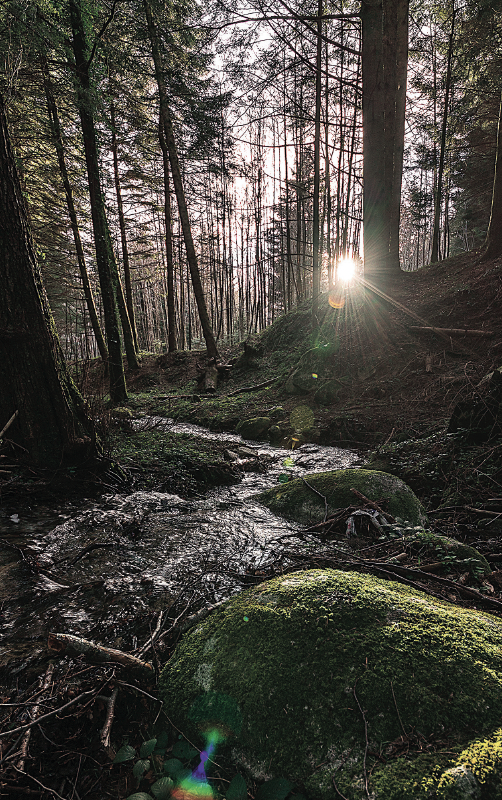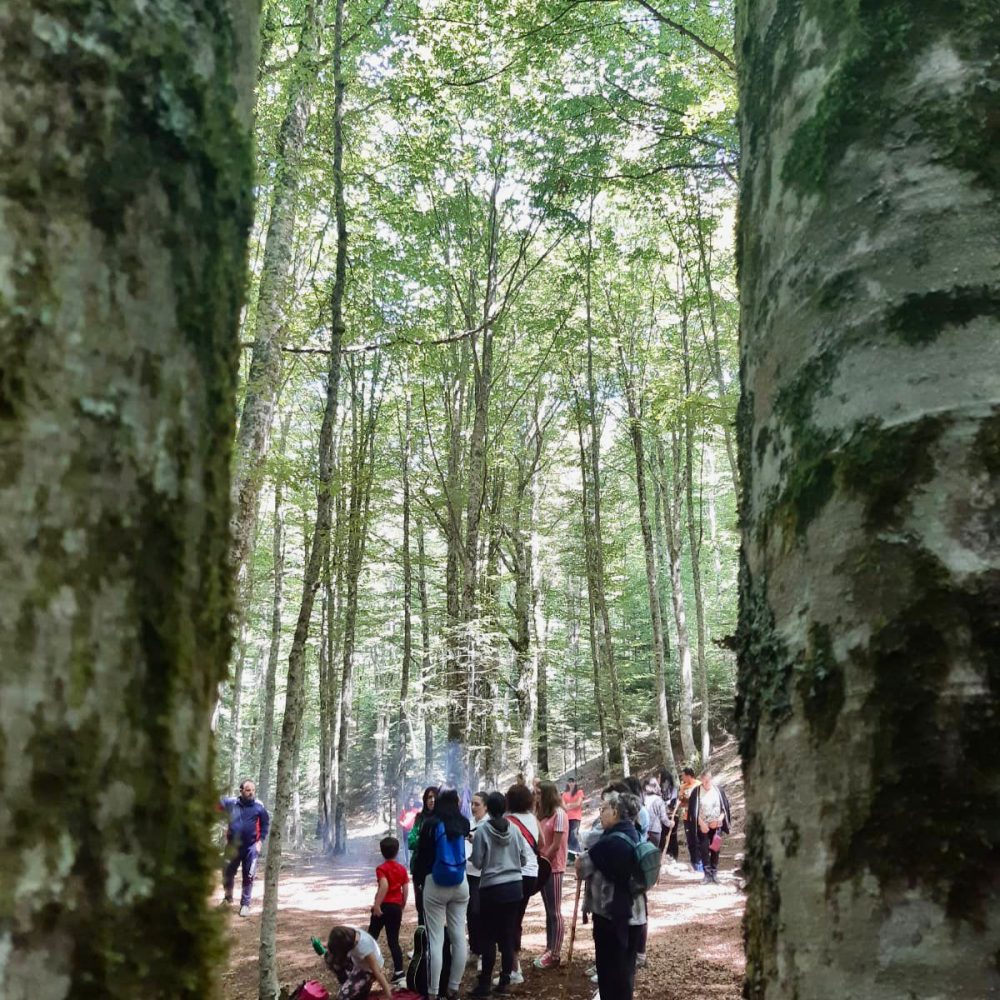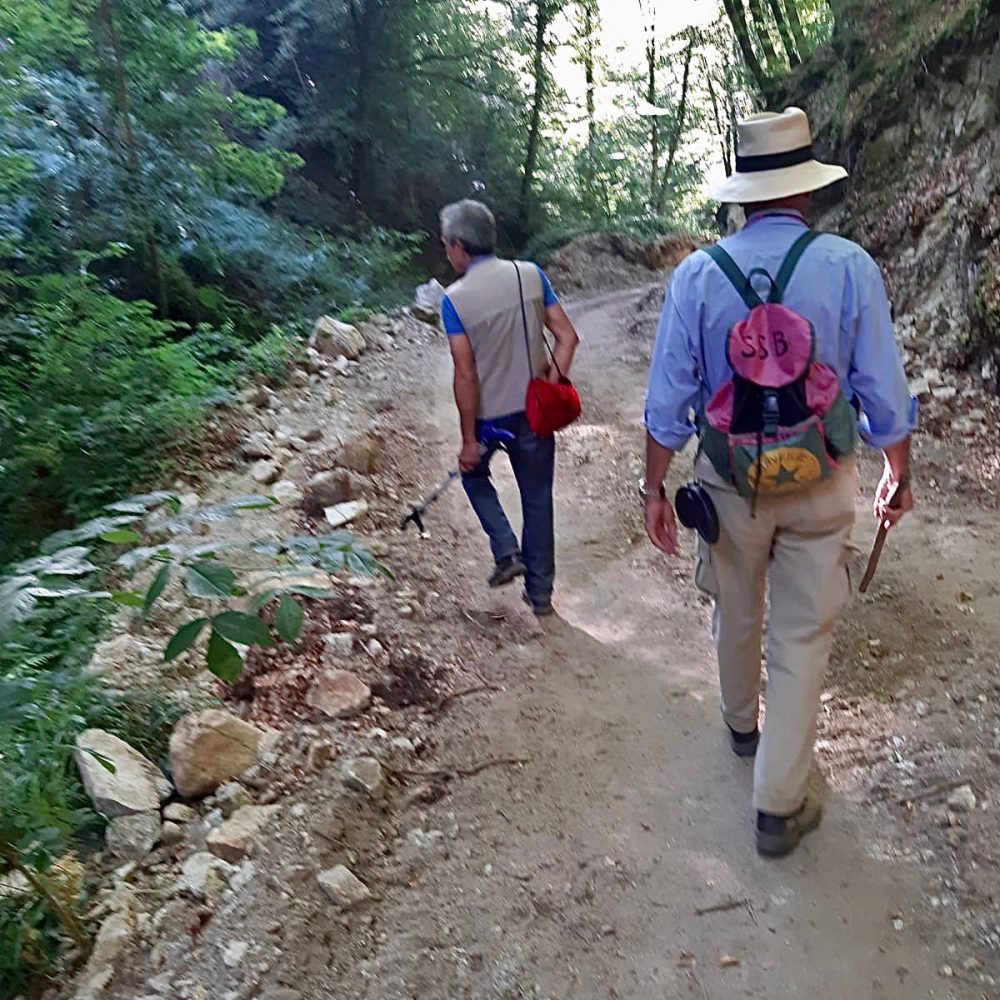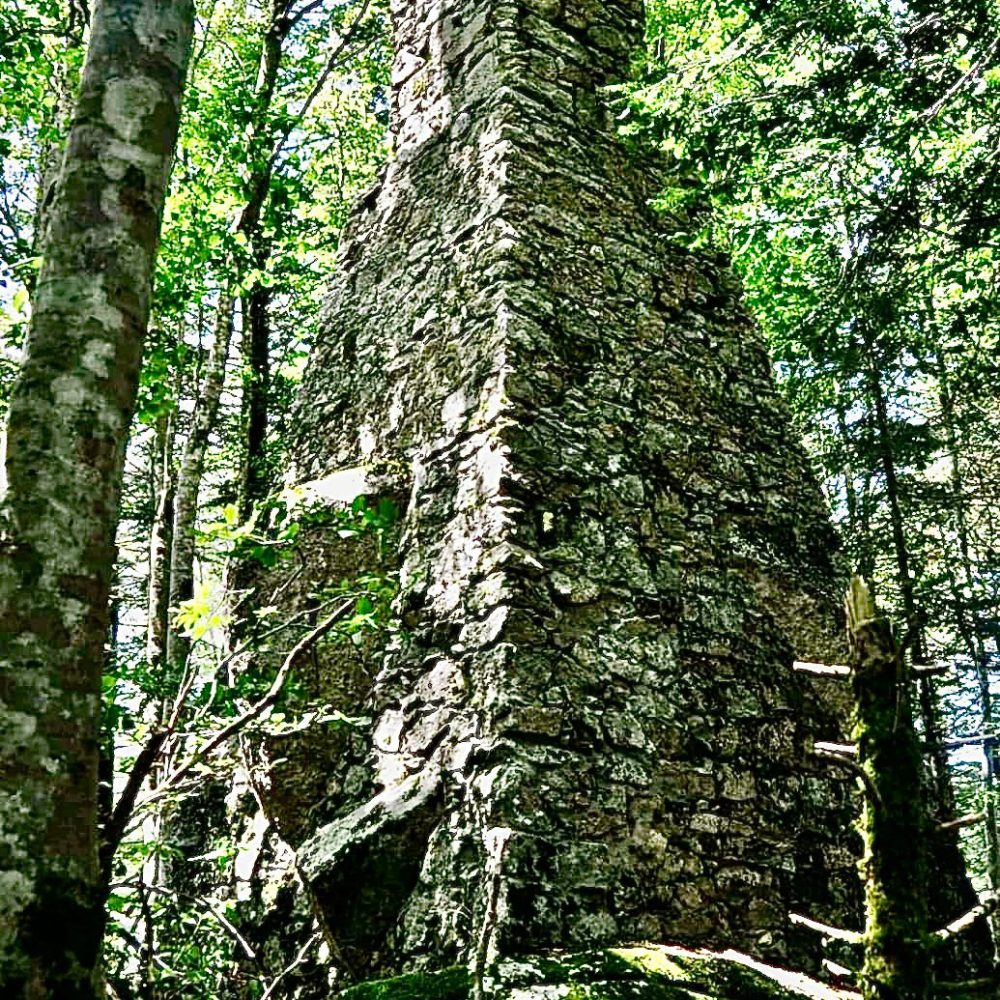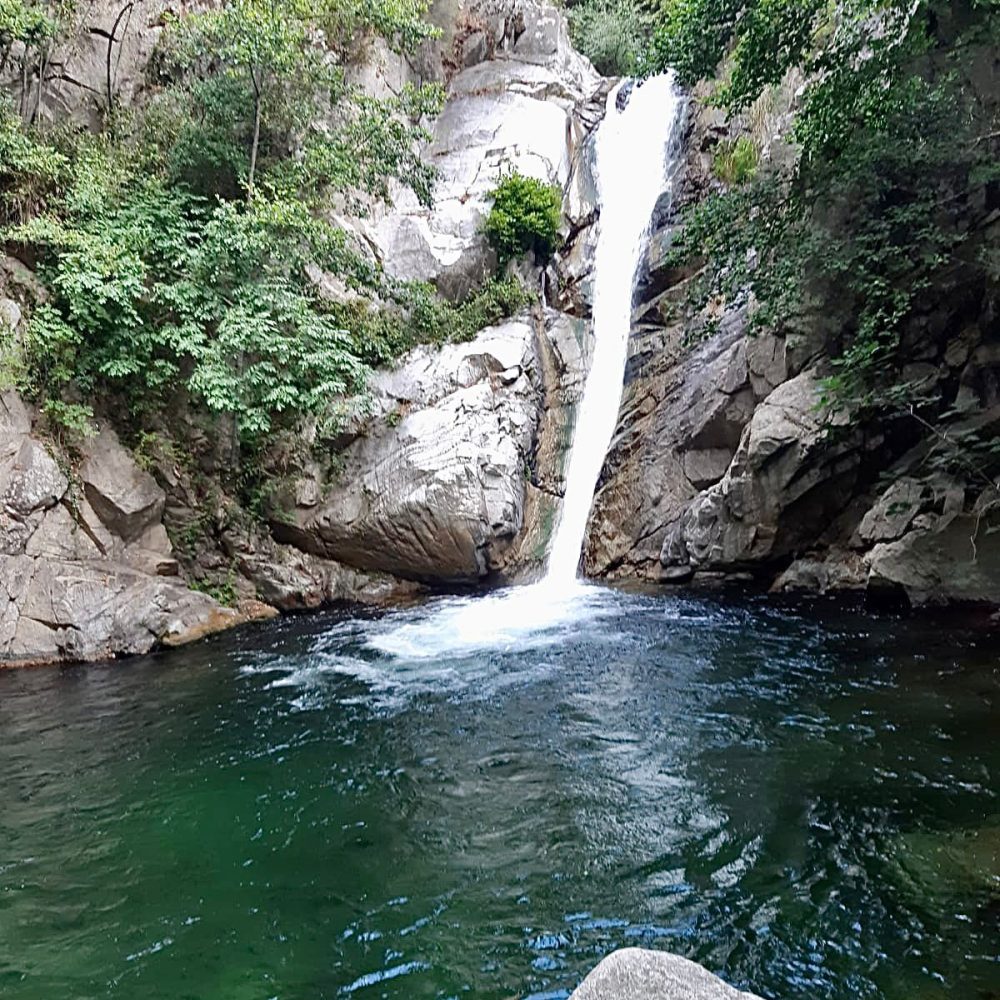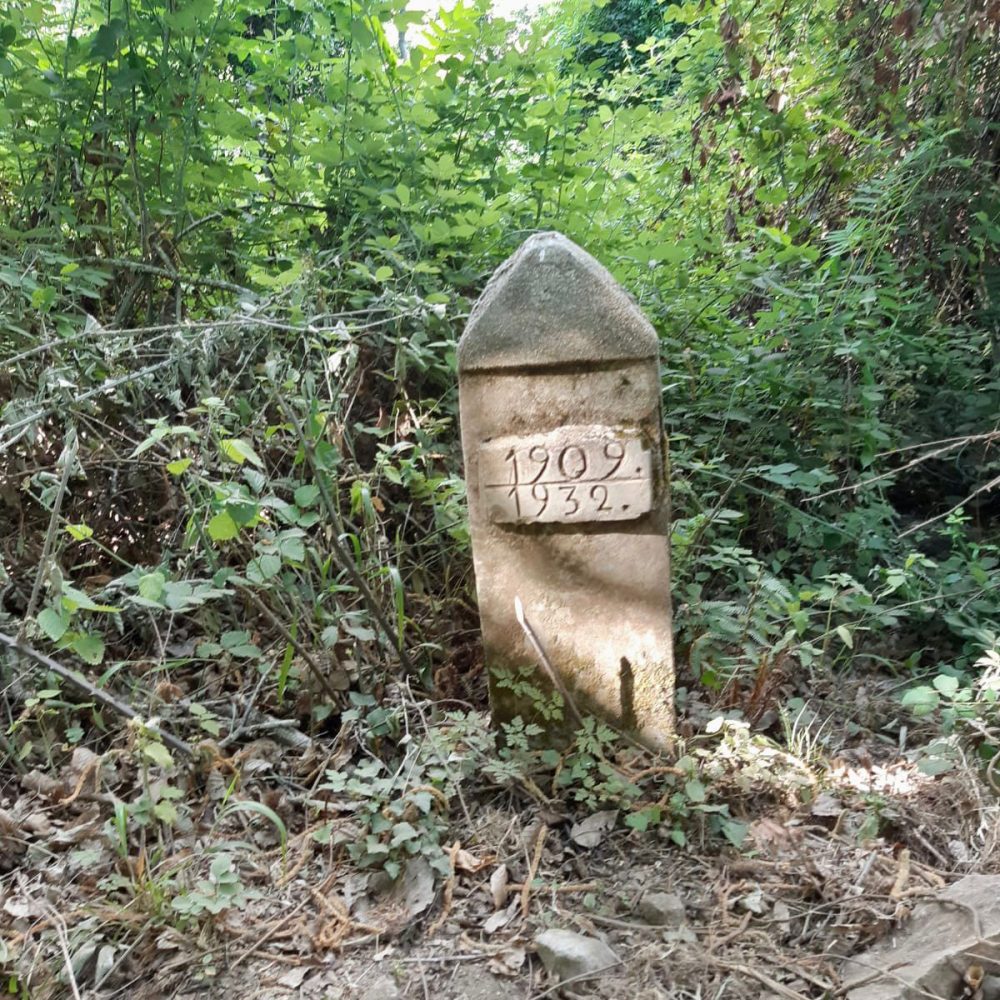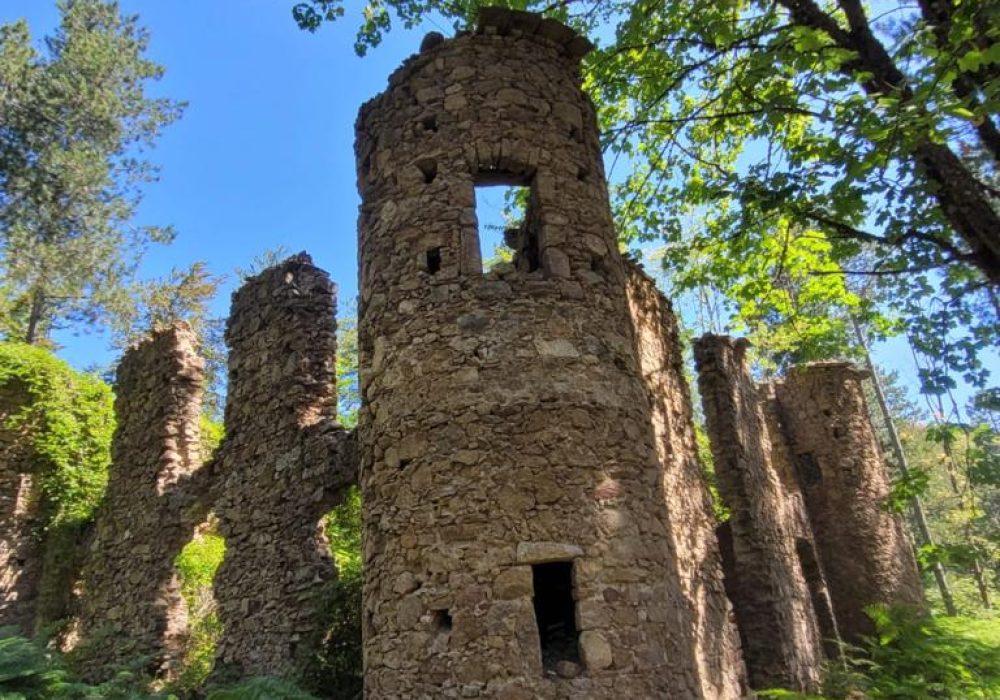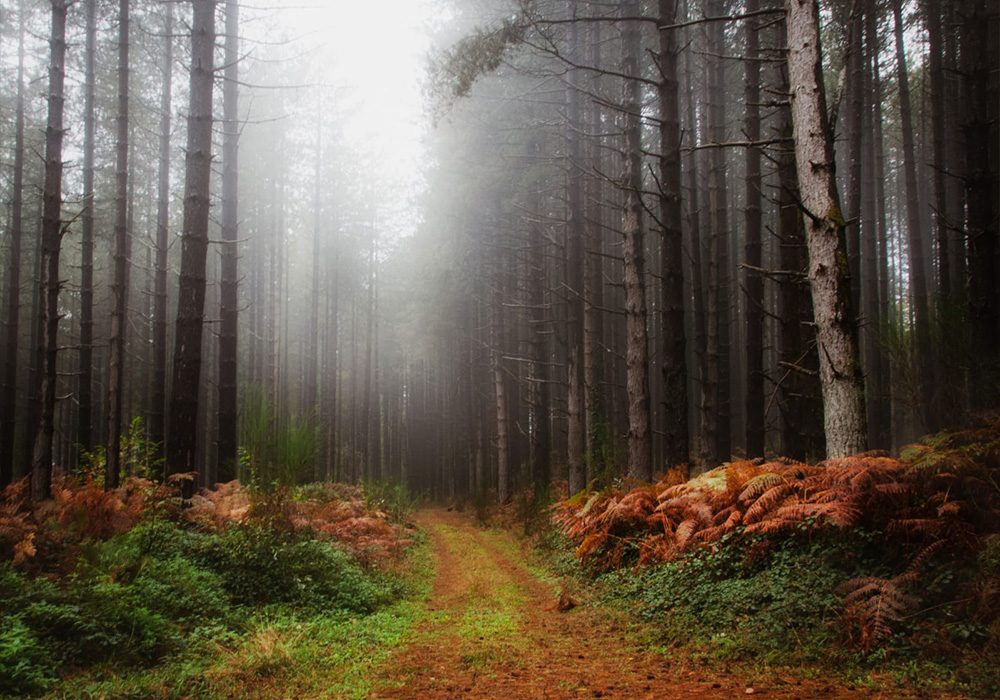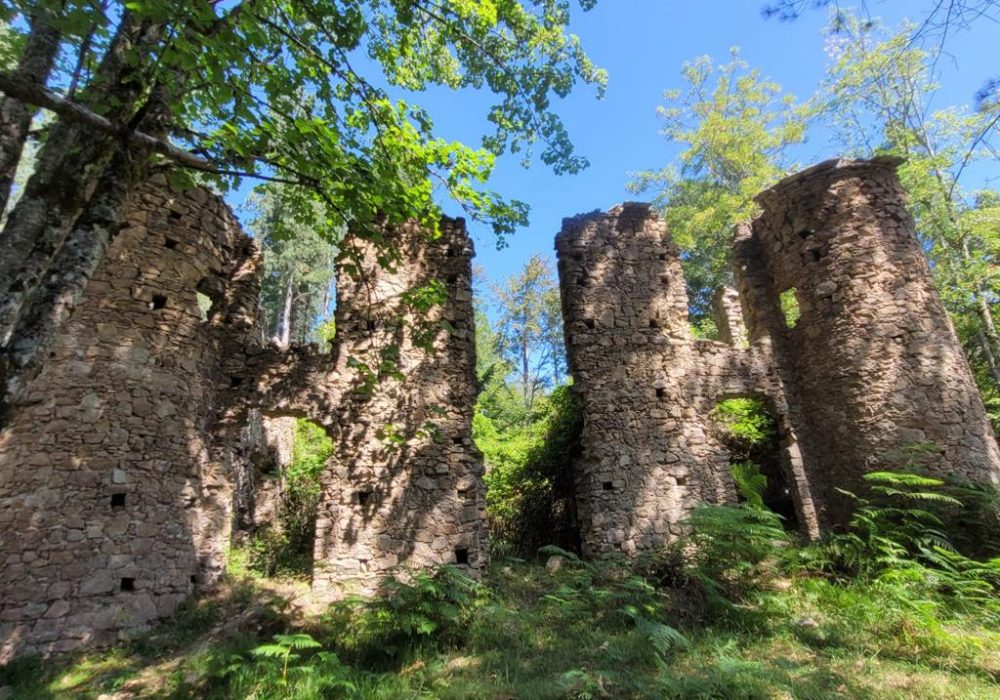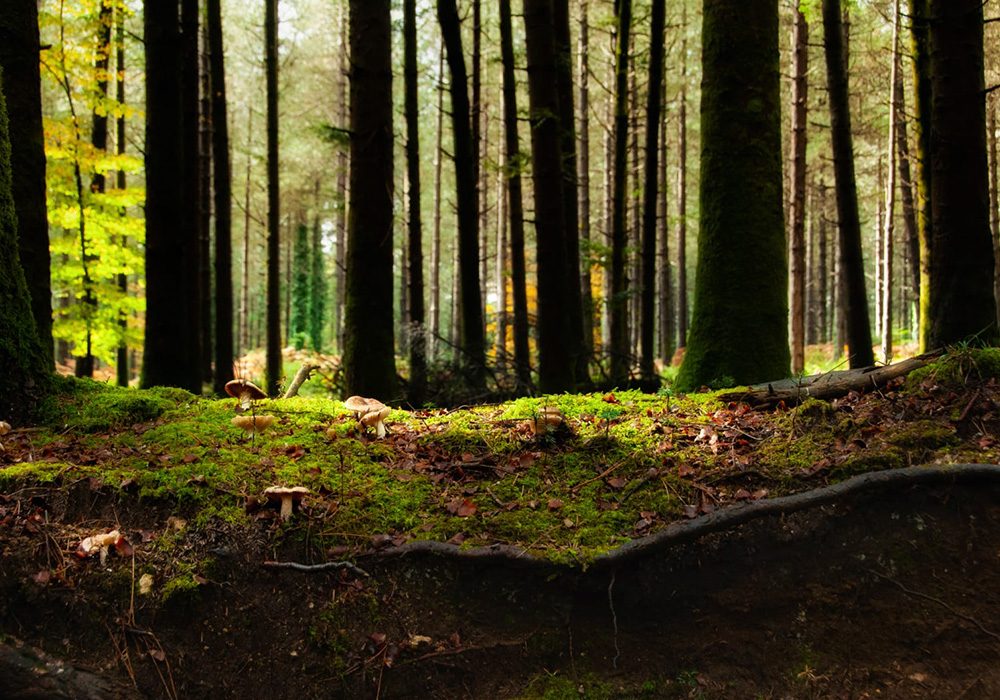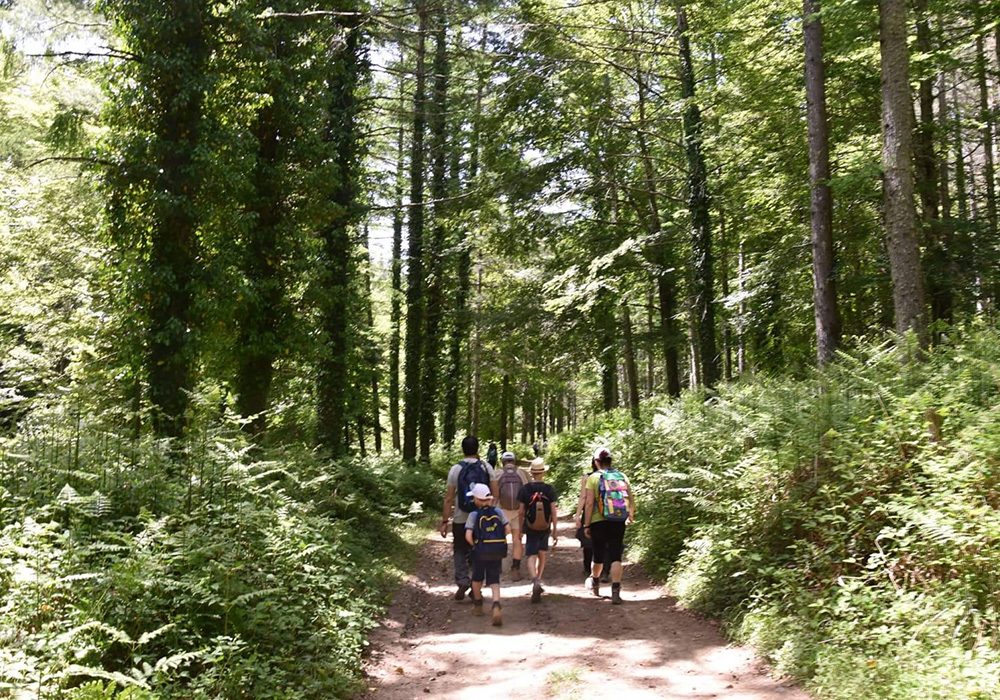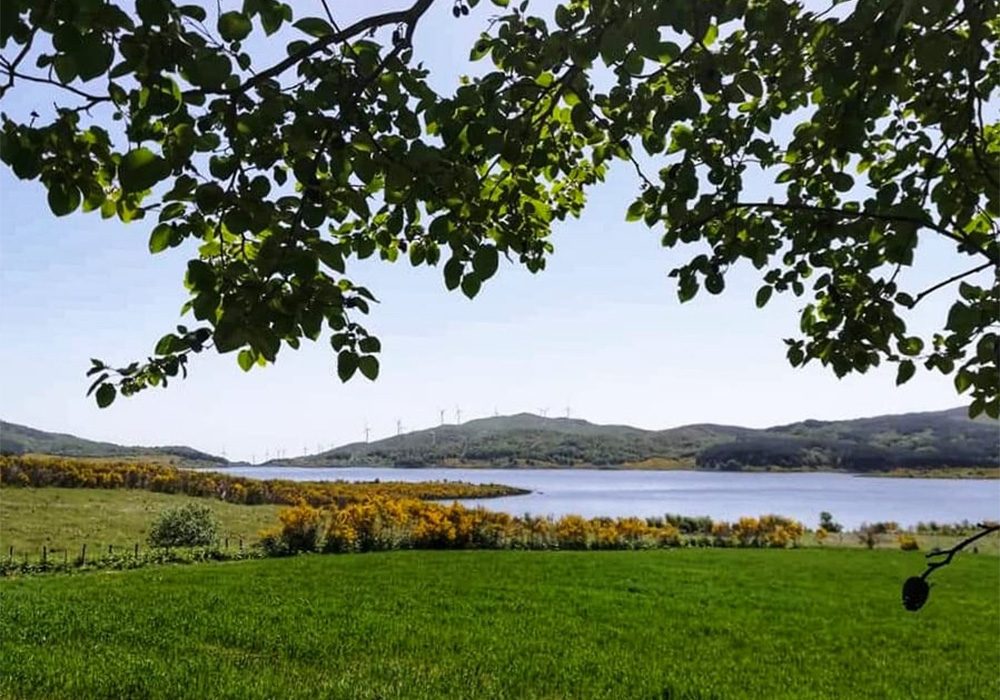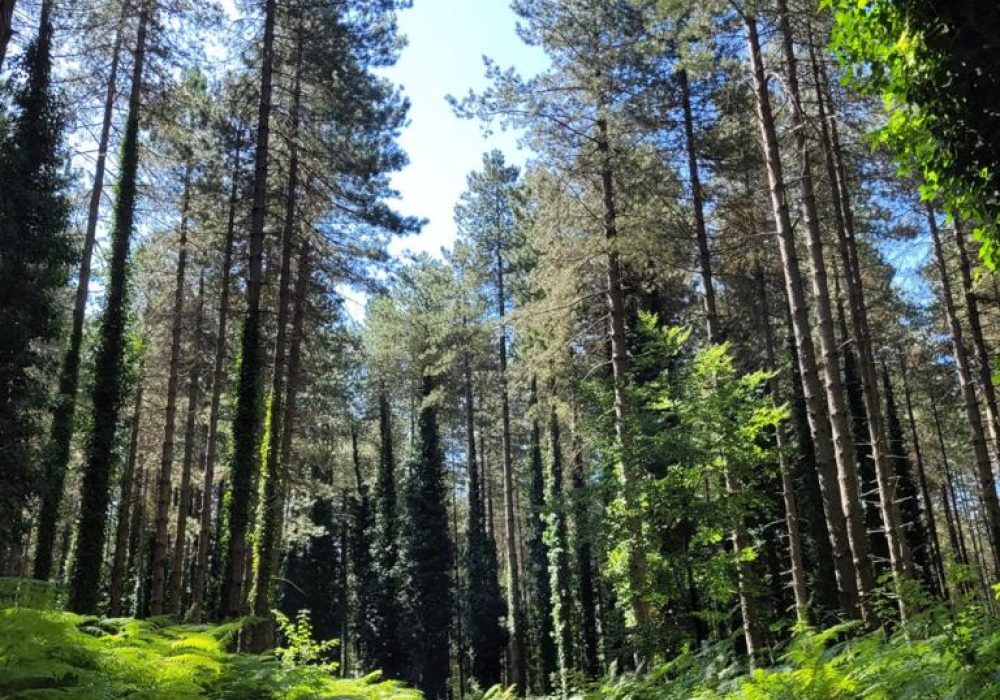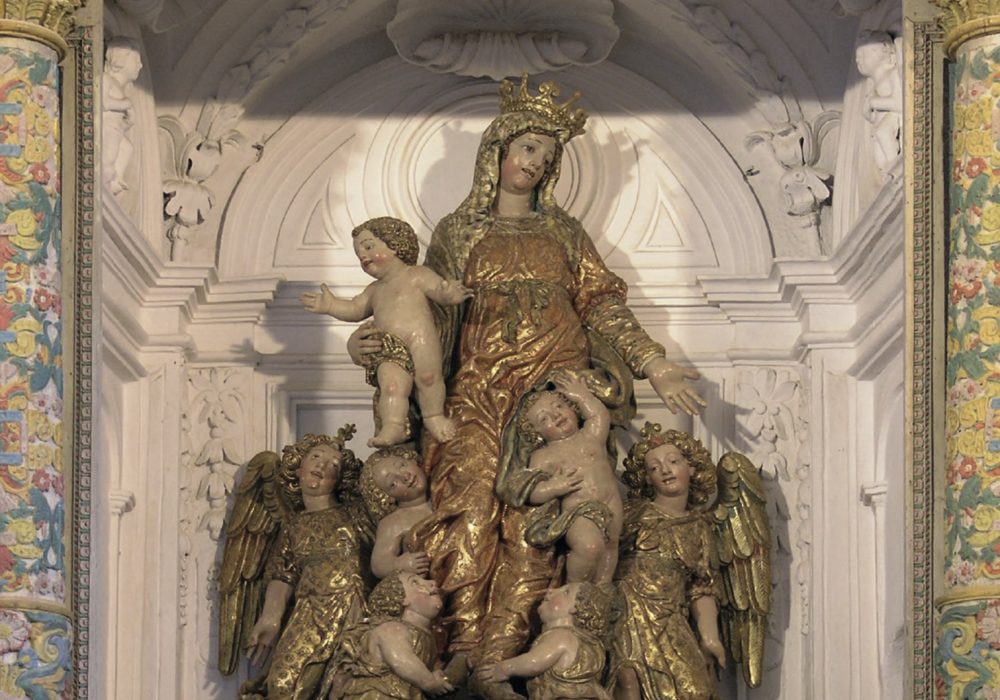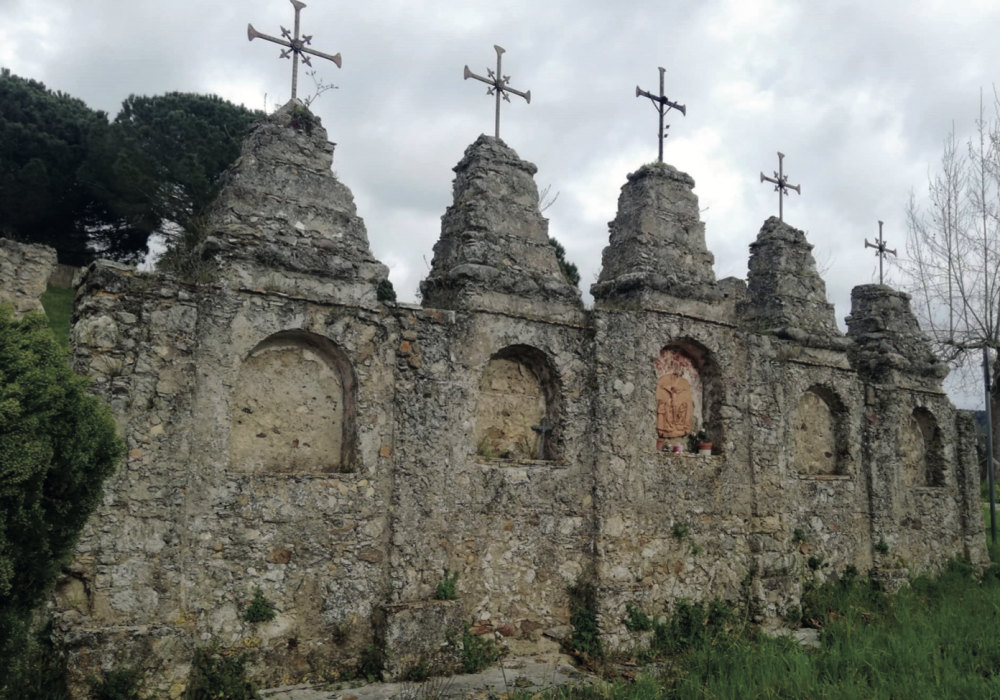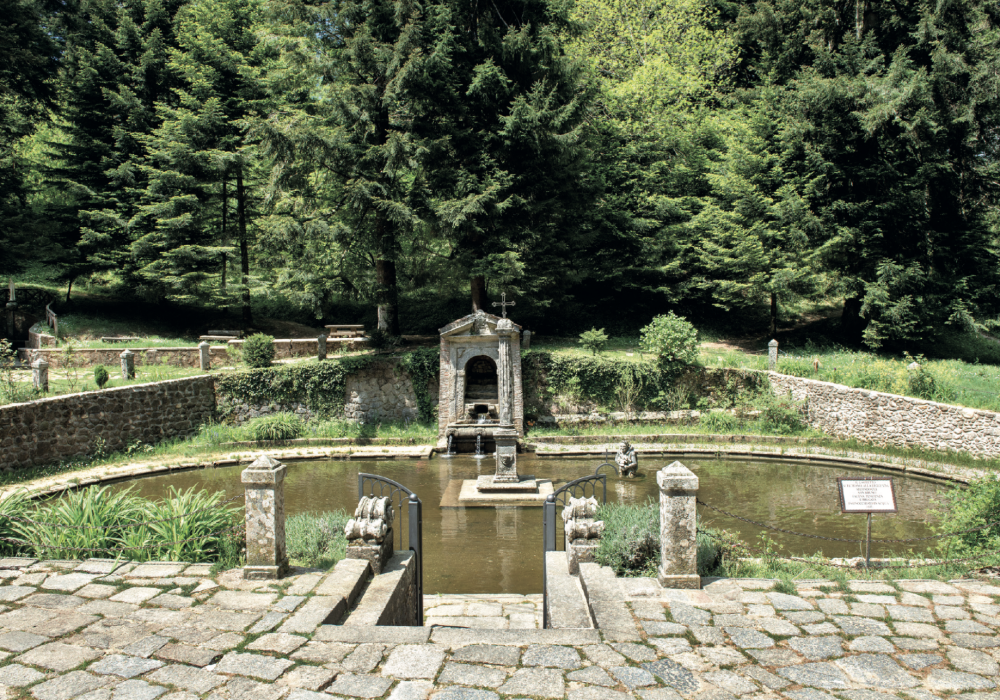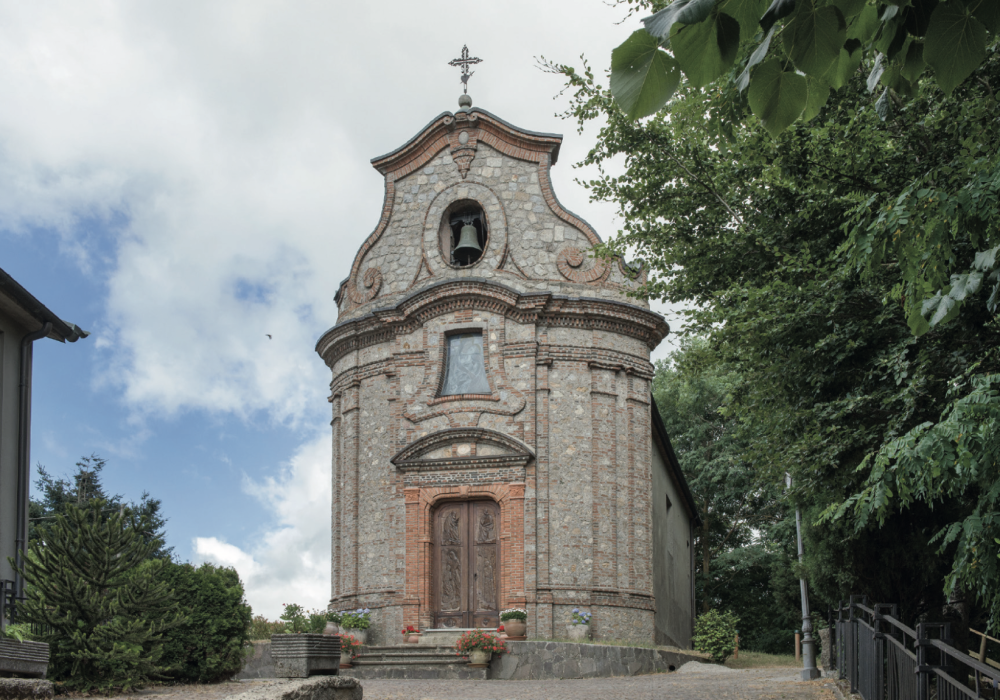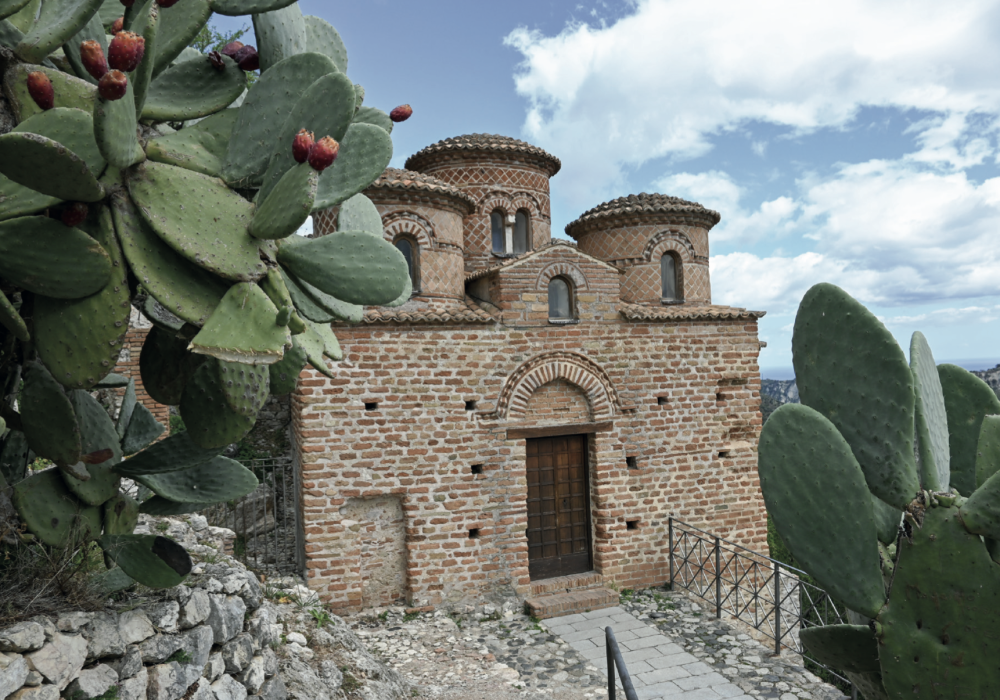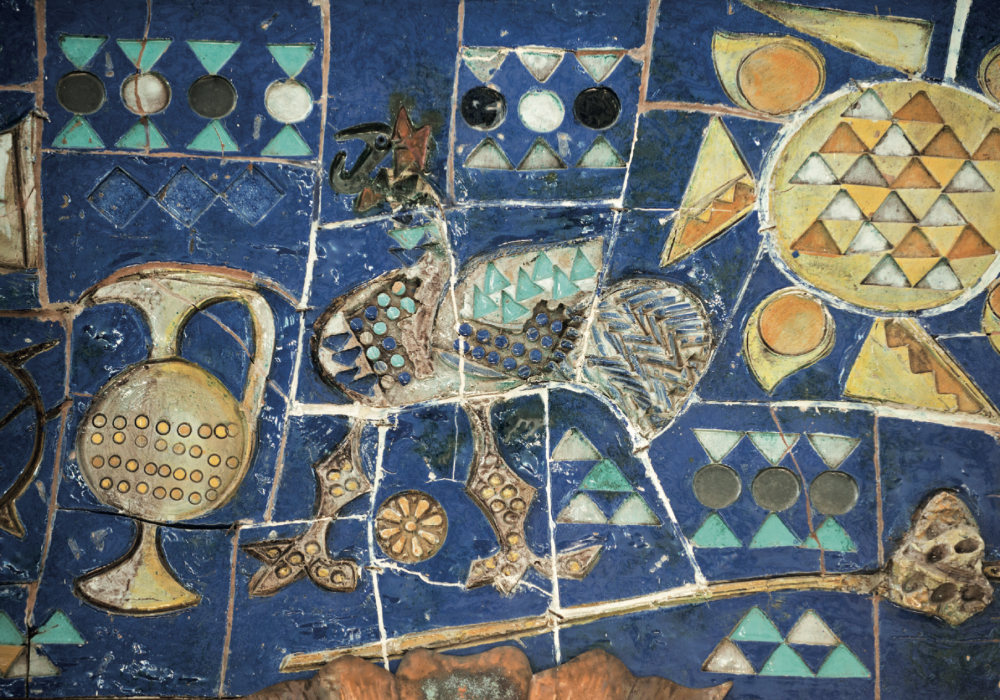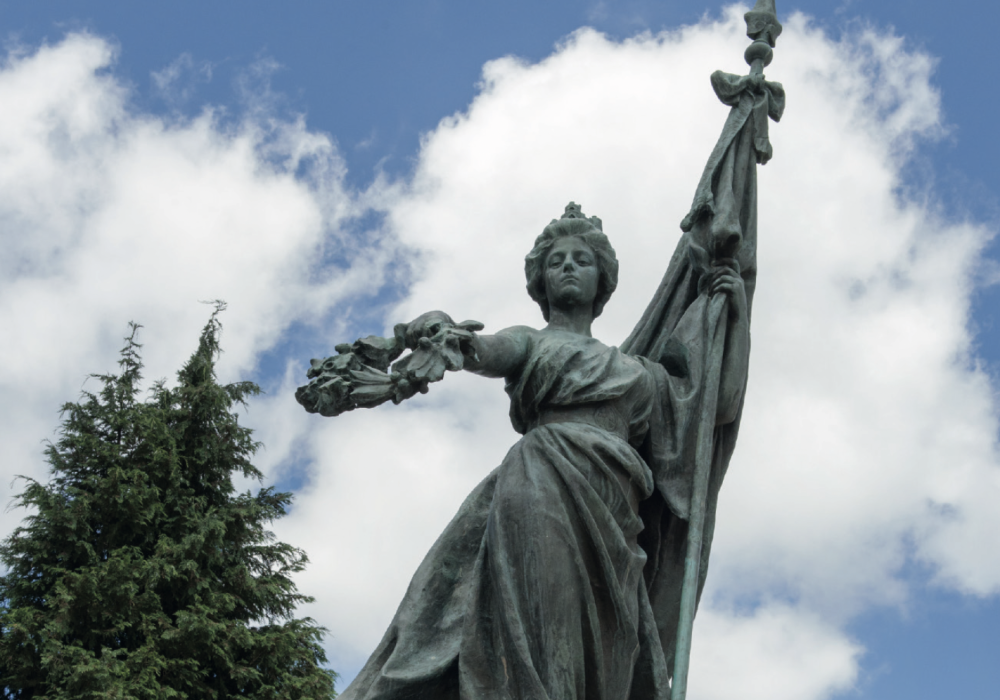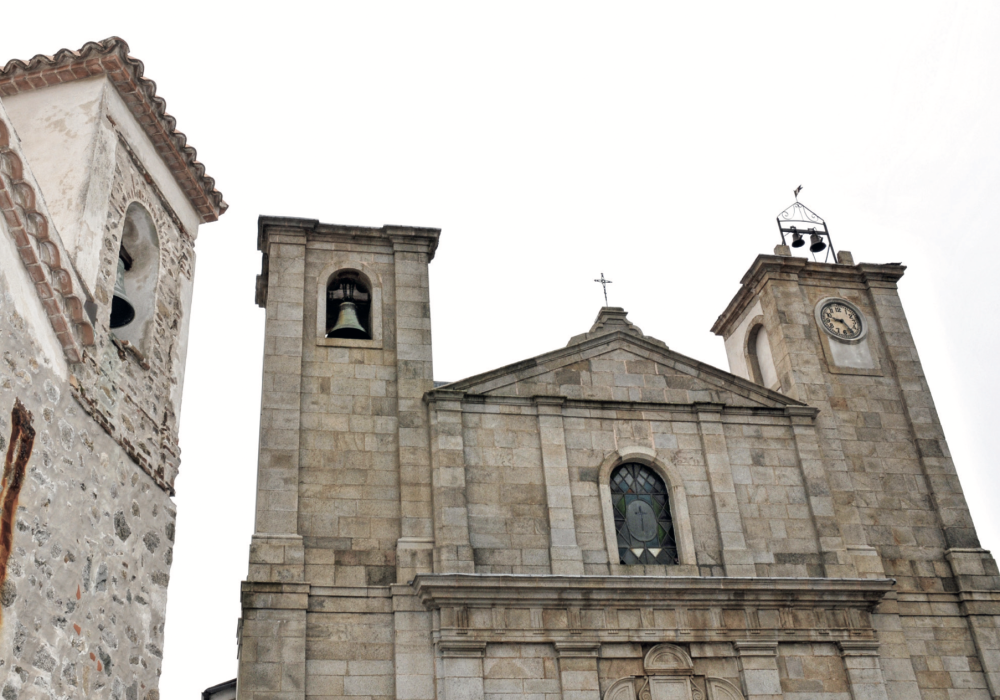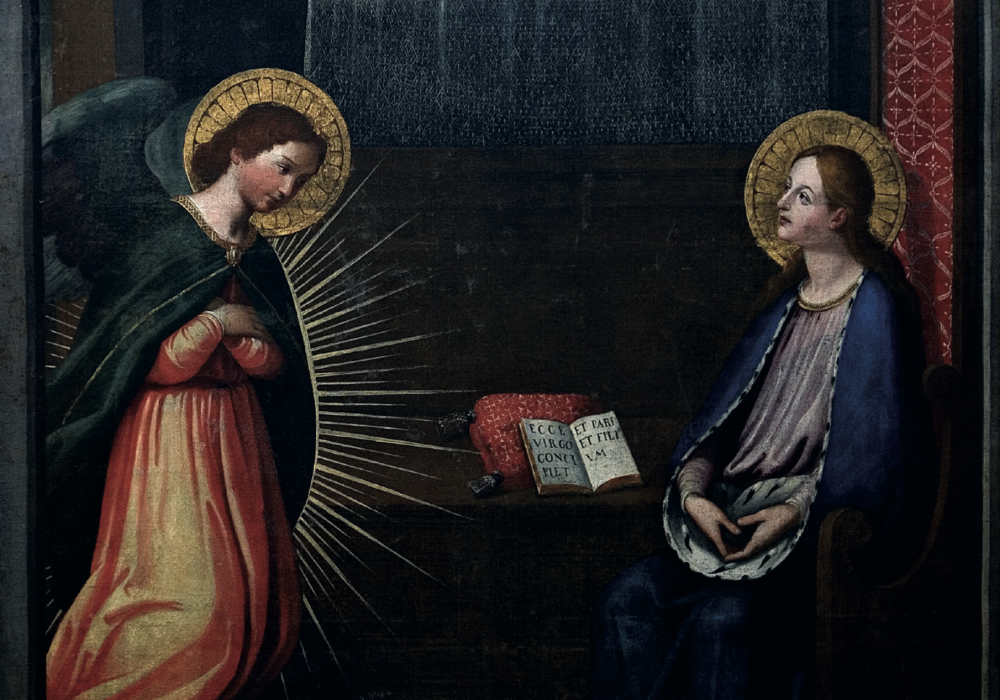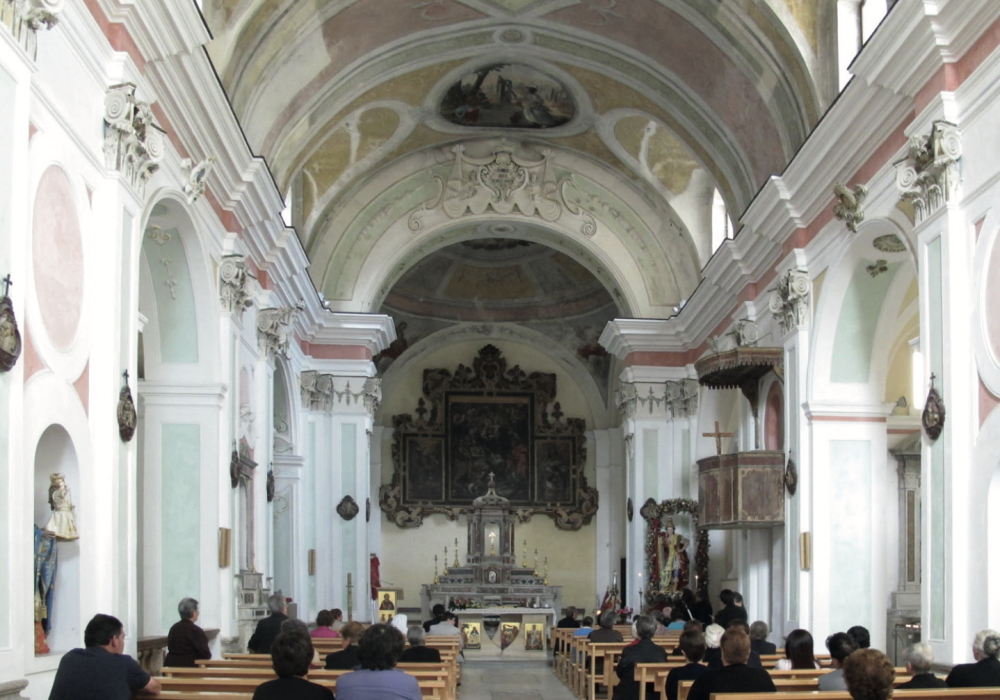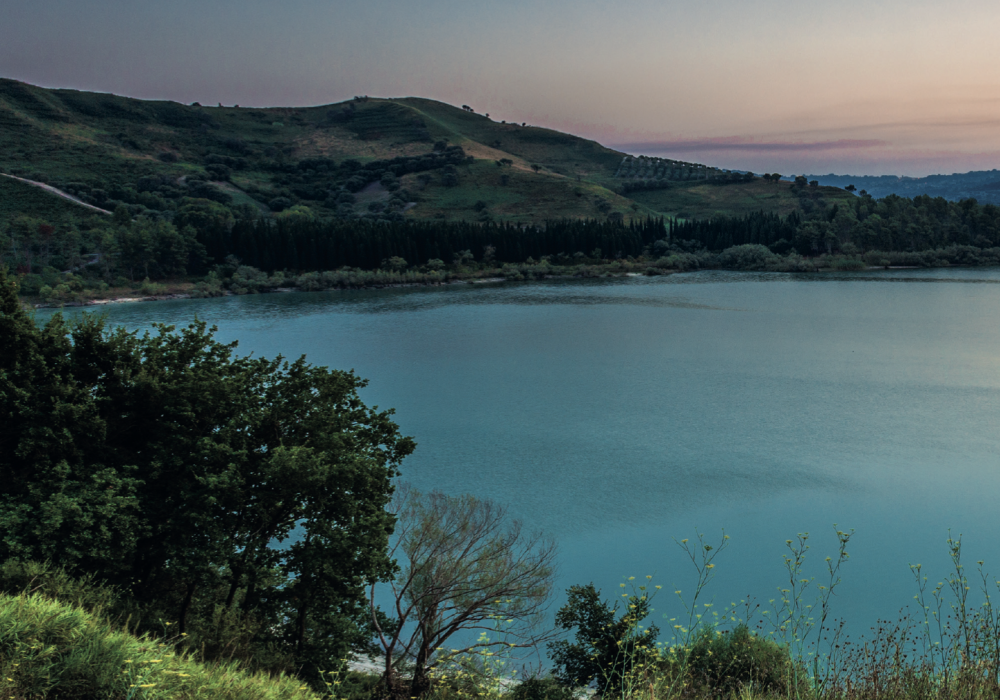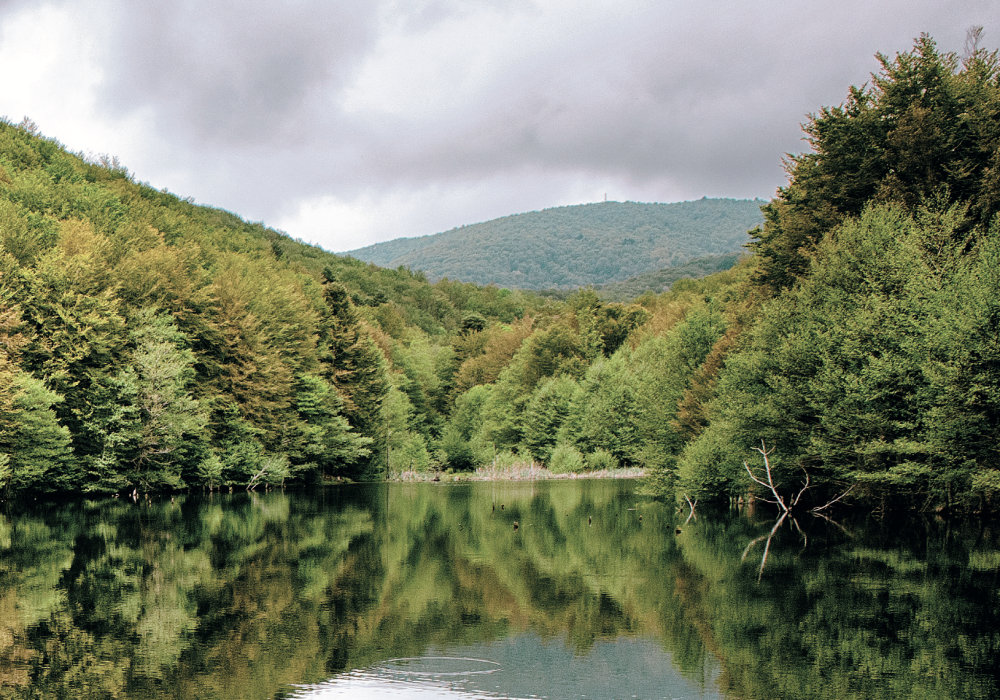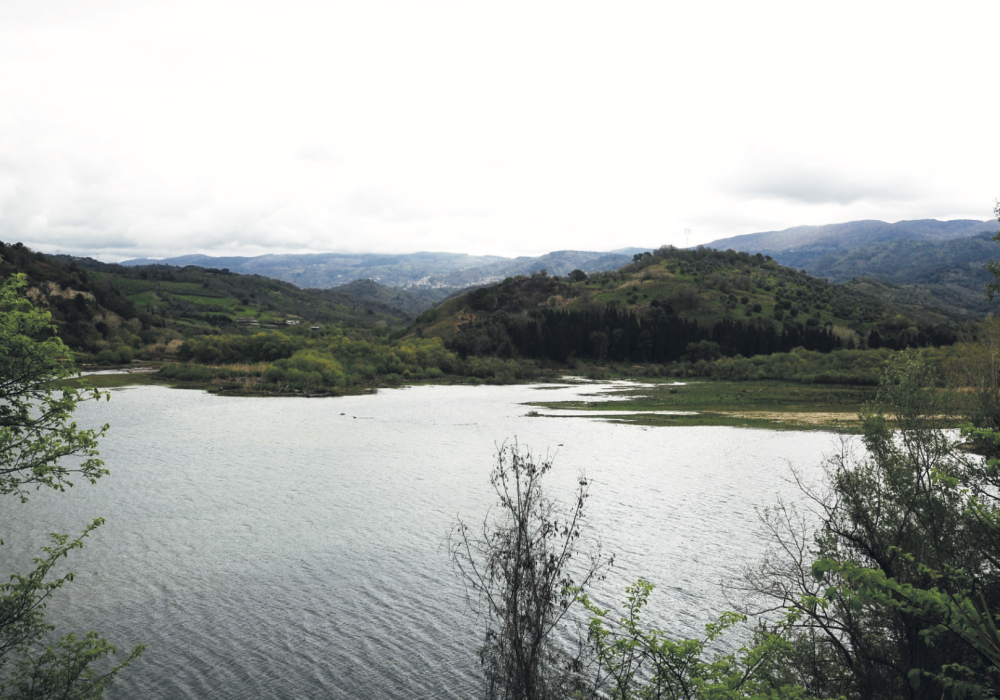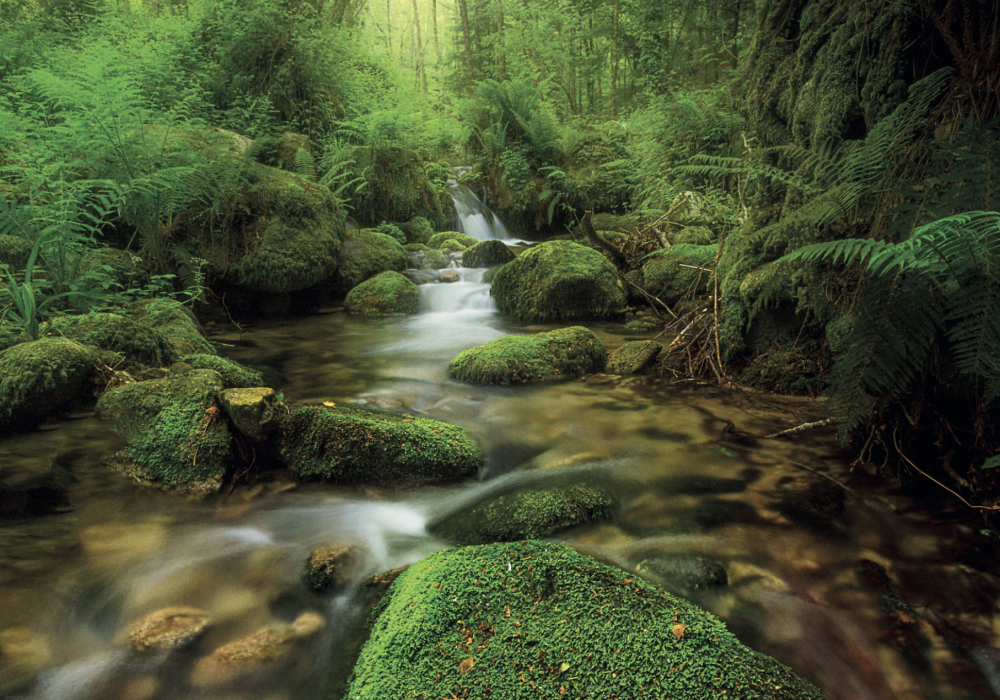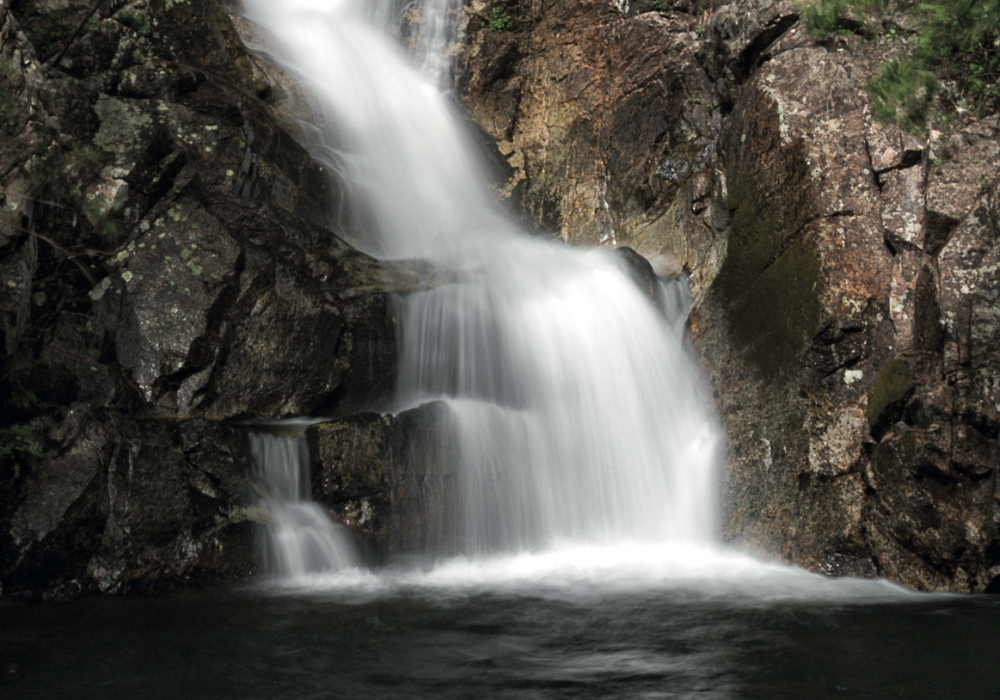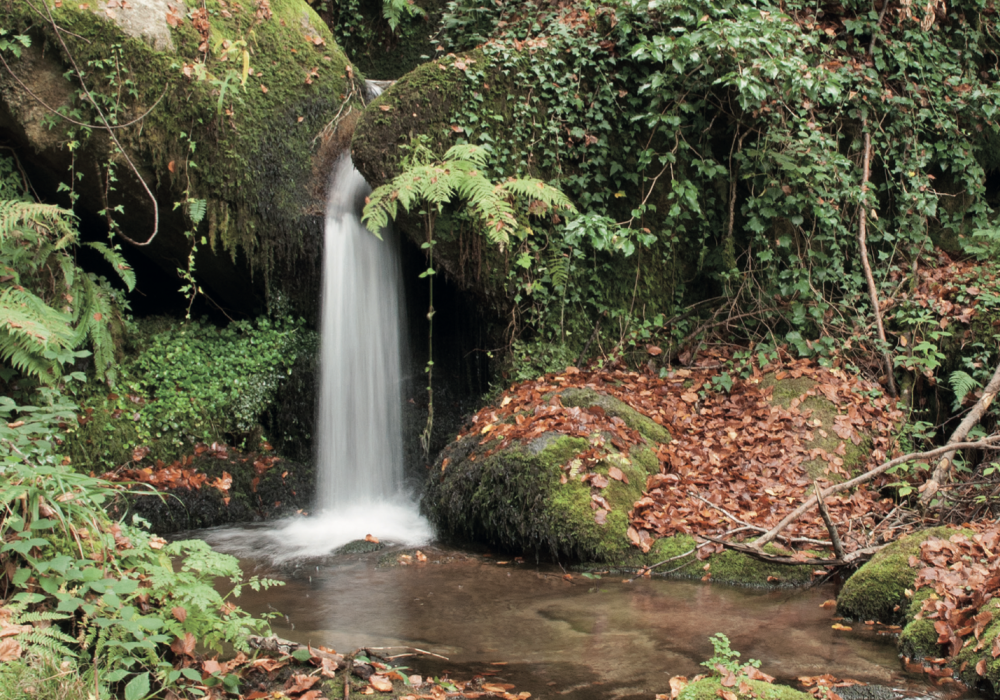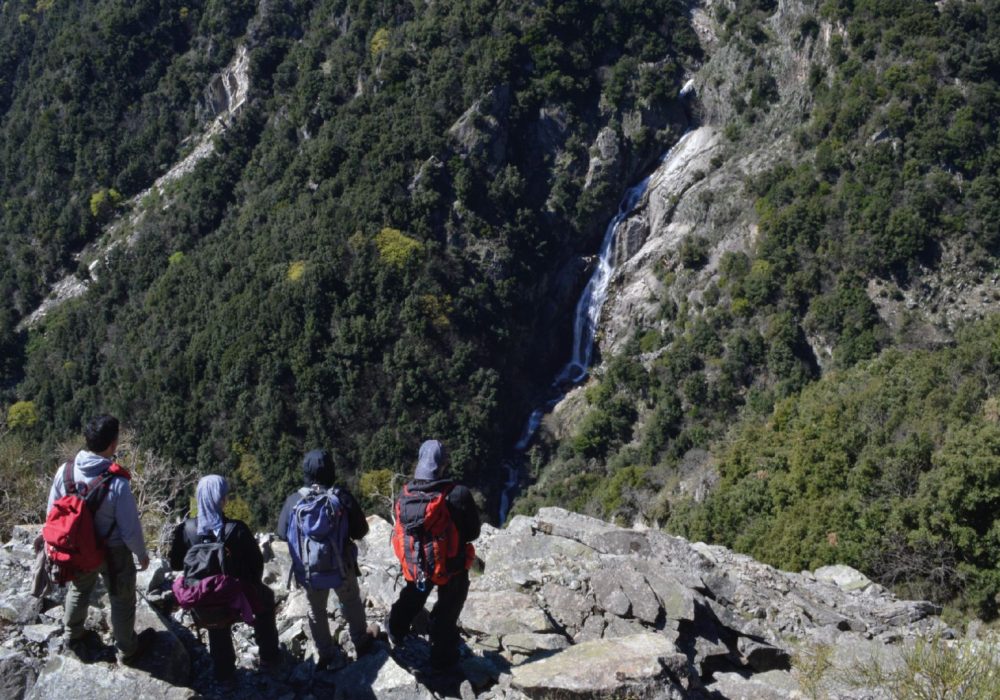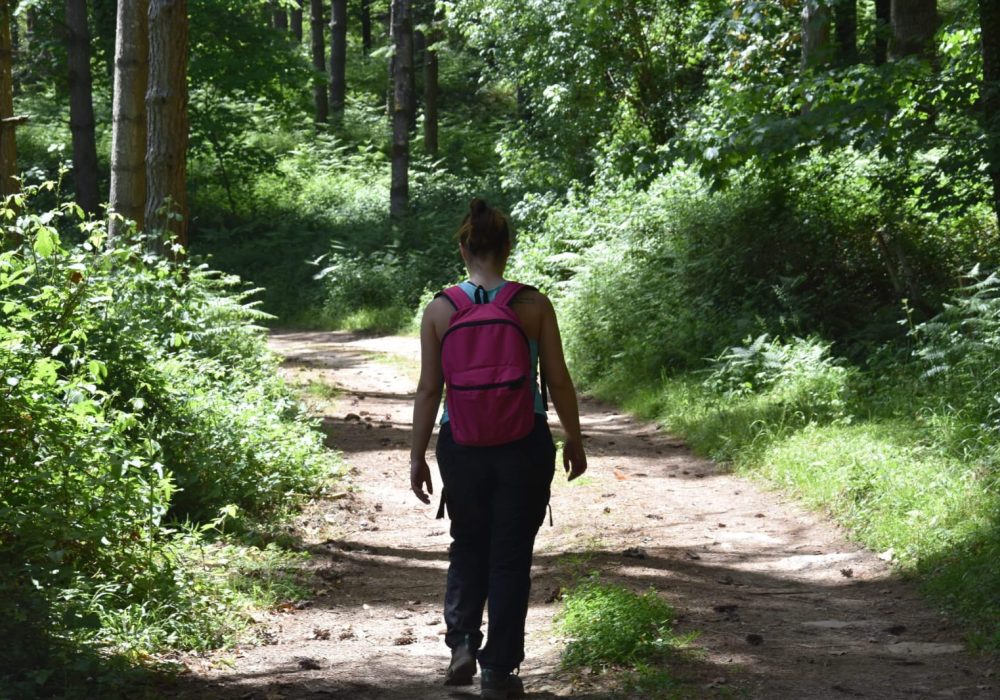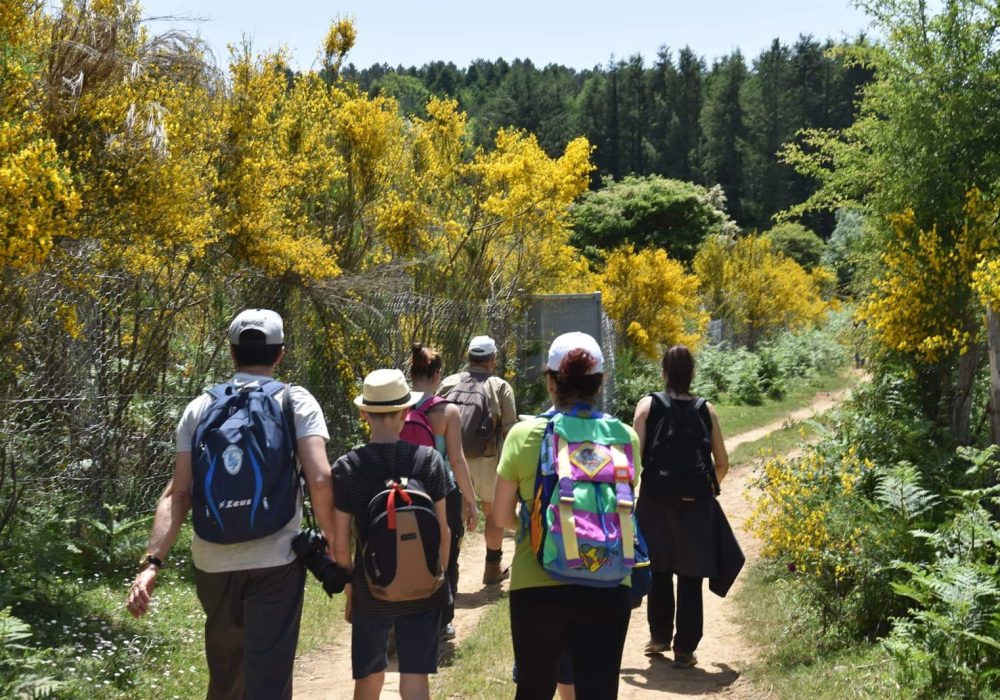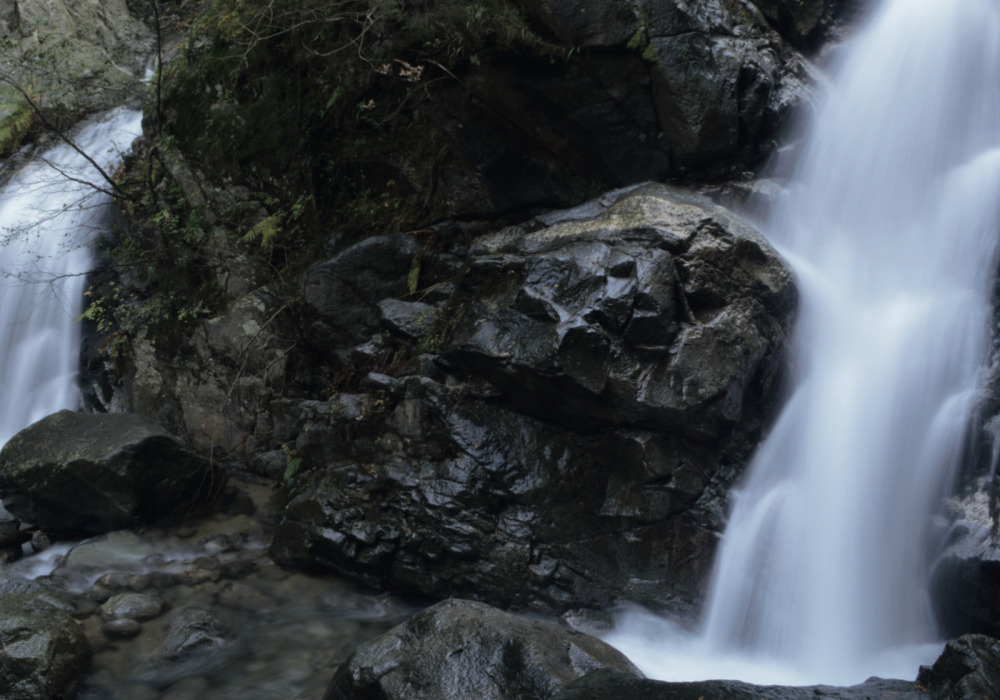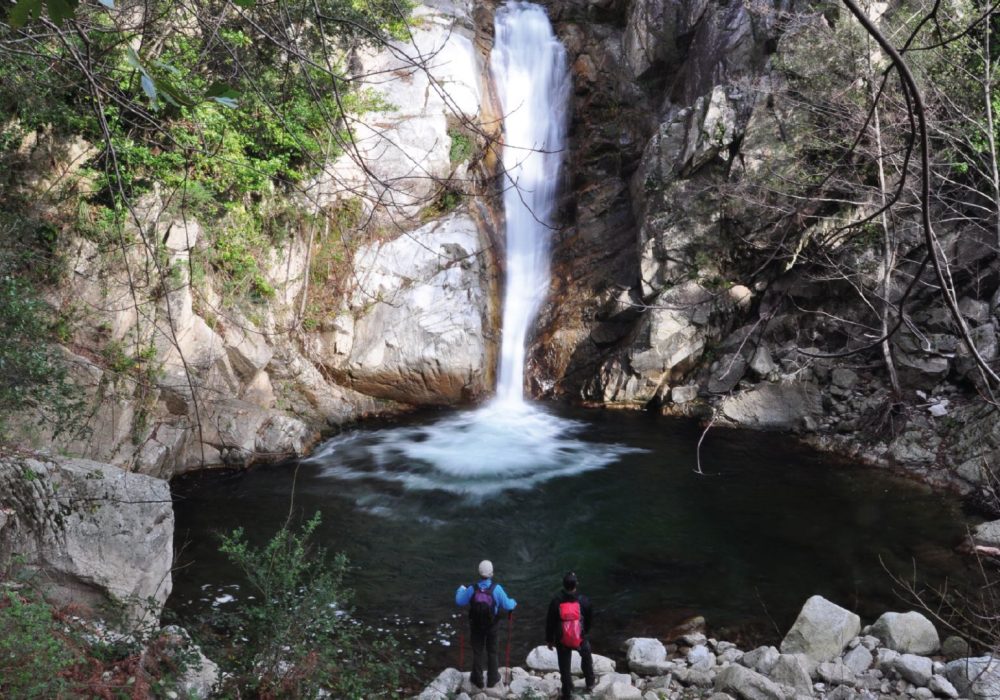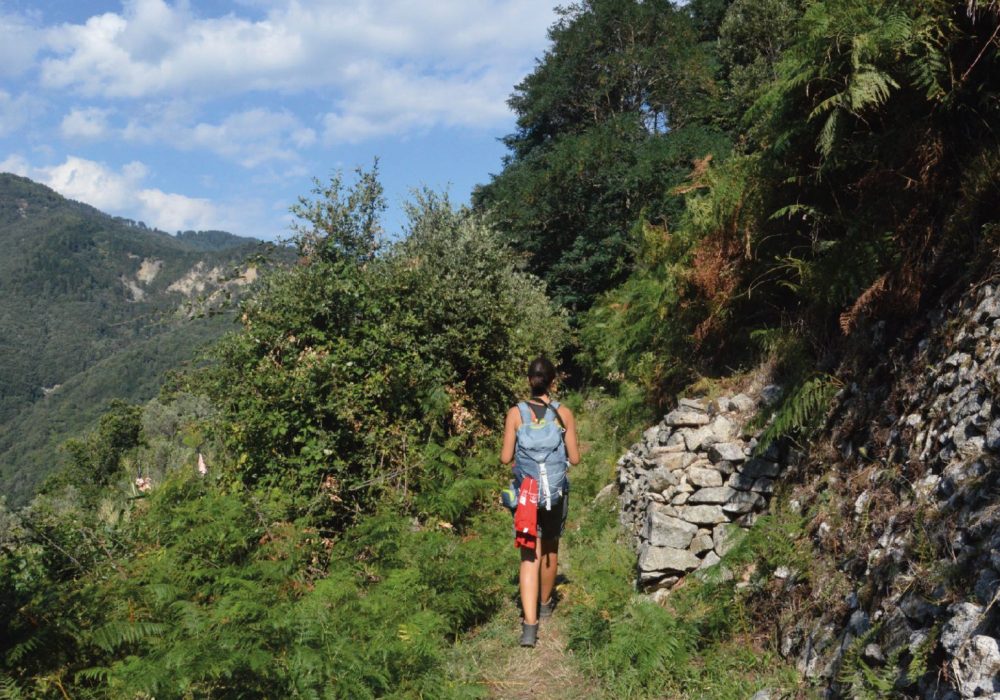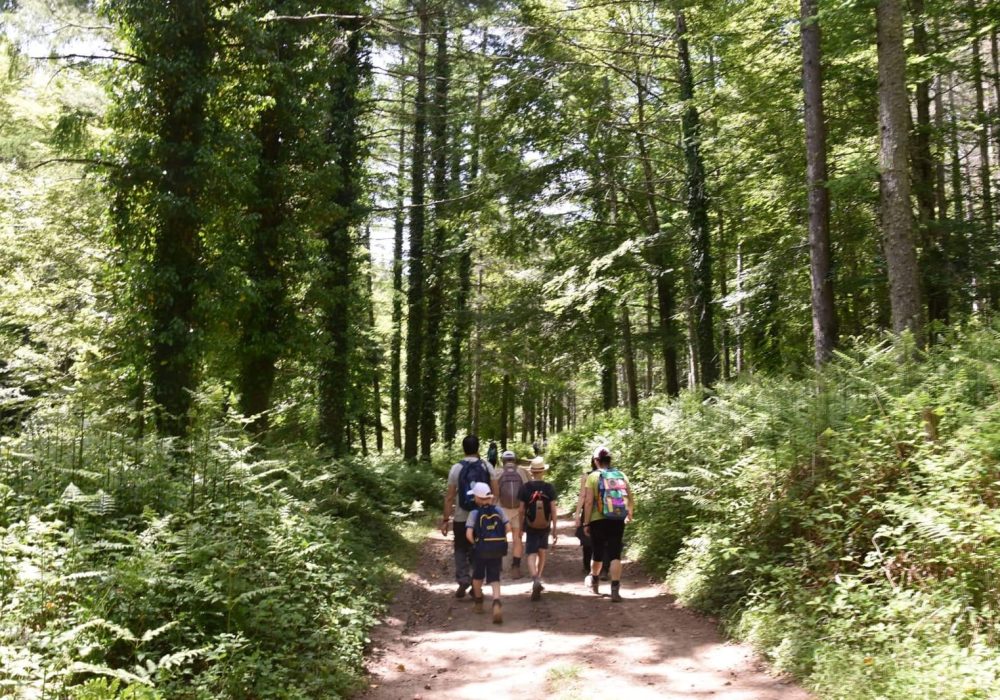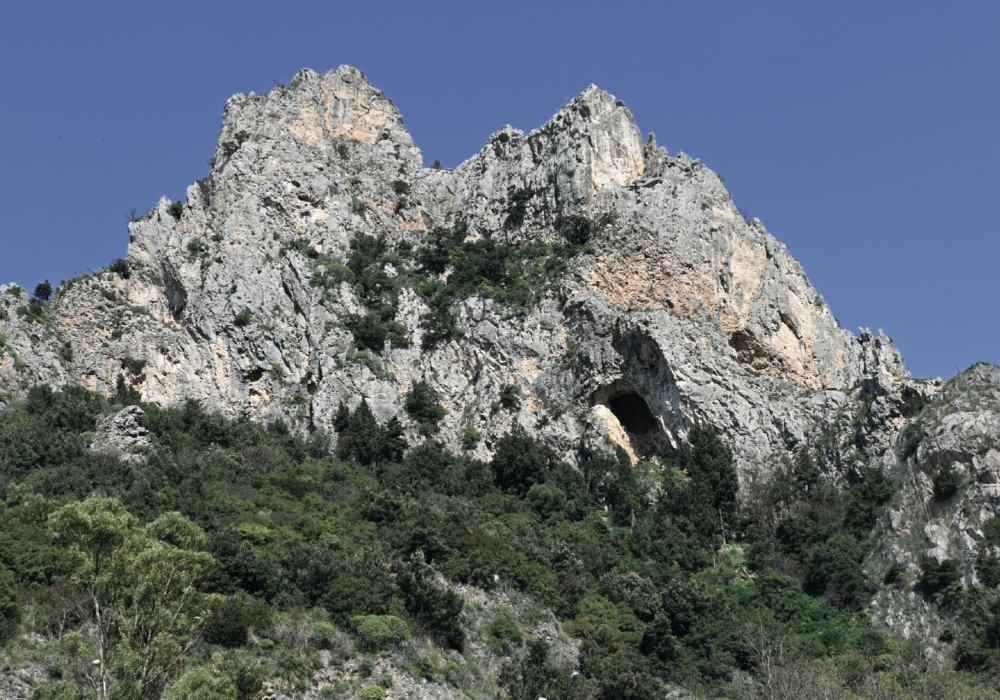Lacina-Ferdinandea Trail
We walk along an ancient mule track through beautiful forests full of streams towards Ferdinandea hunting estate of the Bourbons.
Path Info
MUNICIPALITIES: Brognaturo (VV), Serra San Bruno (VV), Stilo (RC)
START: Lacina, SP 43 Brognaturo (VV)/ Croce di Panaro Brognaturo (VV) / Stilo (RC)
END: Ferdinandea, Stilo (RC)
TIME: 5 hours starting from Lacina, 3 h starting from Croce di Panaro
DISTANCE: 13,5 Km starting from Lacina, 9 Km starting from Croce di Panaro
DIFFERENCE IN ALTITUDE: 237 m
MAXIMUM QUOTE: 1.277 m
MINIMUM QUOTE: 1.040 m
DIFFICULTY: medium

Description
This is a linear path that follows natural roads and, starting from the locality of ‘Croce di Panaro’, begins a fascinating route that follows an ancient mule track. If we have a suitable car and someone who can accompany us, we can also decide to reach this last point and start our excursion from here. Once in Brognaturo (VV) we continue along the SP 43 towards Lacina. When you reach the basin that hosts Lake Alaco and immediately after the crossroads leading to the dam of the same name, turn right onto a dirt road. From this point, having left the car behind, proceed along the uphill road that, having passed some cultivated terraces and a pond on the left, reaches a clearing. From here we continue with a series of hairpin bends. This first part is completely uphill but we can quench our thirst at a fountain and admire enchanting granite outcrops standing out here and there among the beech trees. After about 2 km from the start, we reach a clearing with fir trees and wild apple trees. We continue straight ahead, for about another km, ignoring the detours until we reach a clearing which immediately on the left has a fir tree at the foot of which is a small milestone (crossroads ‘Pomara’). We then take the downhill road on the right. After about 1 km we come to a crossroads at “Croce di Panaro”, recognisable precisely by the presence of a wooden cross. This point is an ancient pass located in a saddle between the “Pomara” and “Pietra del Caricatore”. From here, following the road on the left, for long stretches paved in stone, and ignoring the detours, we reach Ferdinandea.
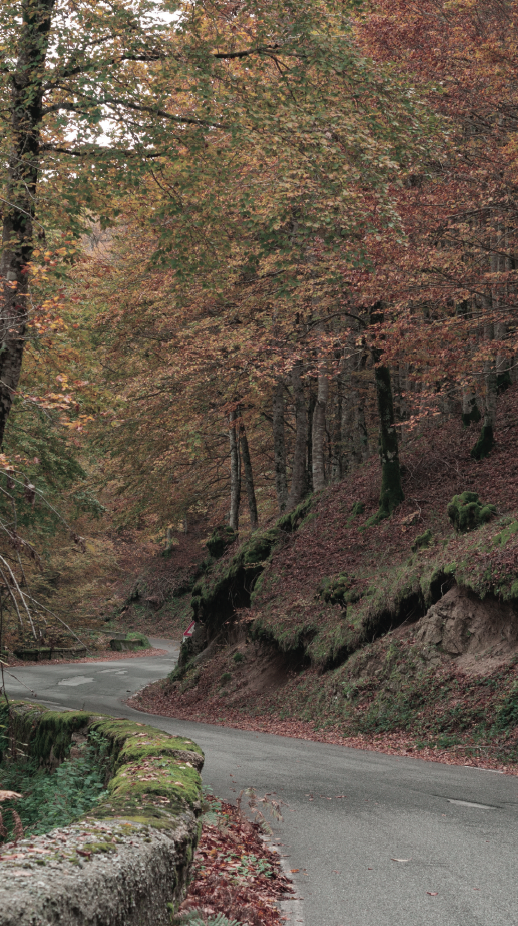
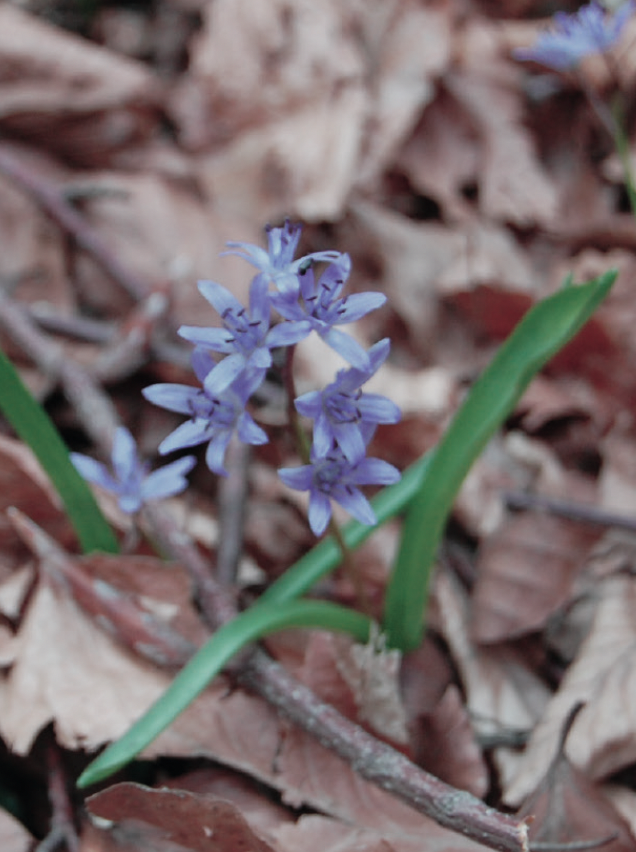
ANEMON
March and April are the months in which we can admire a small flower on the edge of the path; this is the anemone, a perennial plant suitable for rocky terrain, about 15 cm in height, with a white, deep blue-purple colour. The term anemone refers to about a hundred species. In this case it is the Apennine anemone. A curiosity: anemones are weakly poisonous, even to cattle.
CUCKOO
If we walk this route in the convenient season, it will be easy to hear, among others, the song of the cuckoo. The cuckoo is known for its peculiar characteristic of hatching parasitism (laying its egg inside the nest of other birds) and because its song is associated with the arrival of spring. This graceful bird has, in males, blue plumage in the upper part, while in females it can sometimes be reddish. In the lower part it is paler with dark transverse stripes. It lives in practically every ecosystem, although it prefers especially bright woods with rich undergrowth on hills and plains. It winters in southern Africa while nesting in Europe and northern Africa. It feeds on various insects, caterpillars (such as the processionary moth), molluscs and spiders.
EVAPORITIC LIMESTONE
The reliefs of Sila, Serre and Aspromonte are mainly composed of crystalline rocks (granitic and metamorphic) as opposed to sedimentary rocks (calcareous and terrigenous) formed by the precipitation of minerals present in seawater, the most common source of this type of formation. Along the itinerary we will have the opportunity to admire these unusual formations: very white rocks, overlapping like foils and leaving a white powder when touched. Minerals of evaporitic genesis are economically important because they are used in the construction and chemical industries, as well as in agriculture as fertiliser.
GIULIA LAKE
Between the 18th and 19th centuries, several dams and small power stations were built to harness hydroelectric power, all of which are now disused. Among these, right at Ferdinandea, we find the Giulia dam.
We can visit this enchanting place by taking, almost at the end of the route, when we are in sight of the bridge and the walls of the Ferdinandea sawmill, a natural road on the right just before the bridge over the San Nicola stream which, after a kilometre, will take us to the lake of the same name.
FERDINANDEA
Bourbon Ironworks Village named after Ferdinand II of Bourbon. It comprised the ironworks, barracks, residential and administrative buildings, stables and stables.
